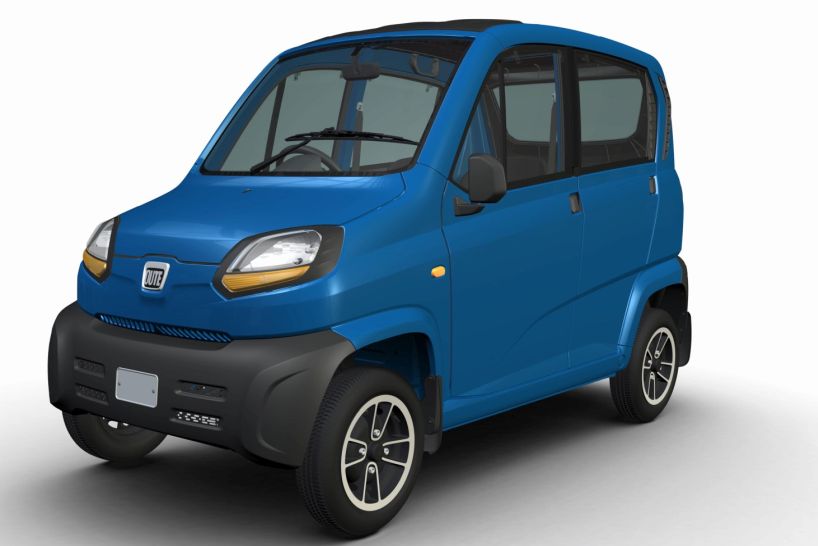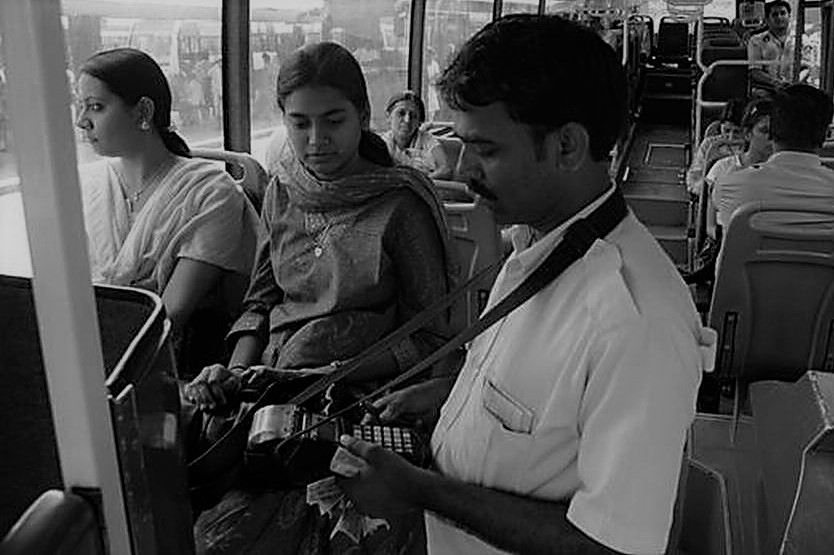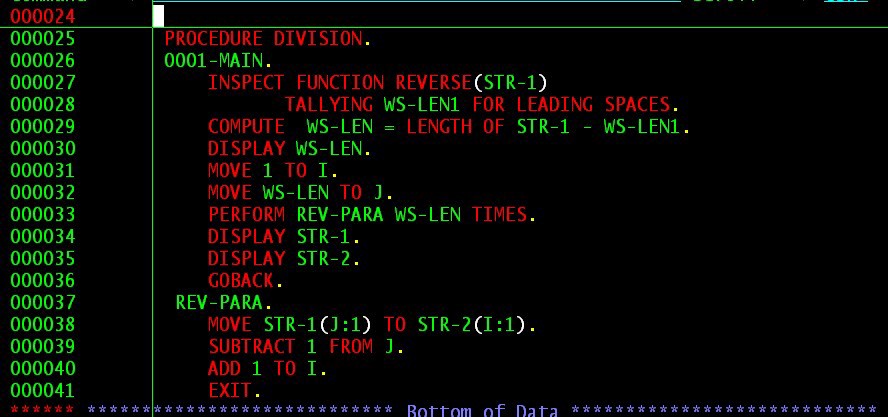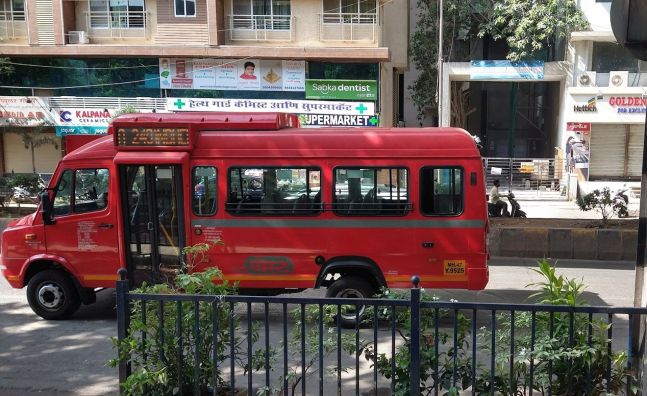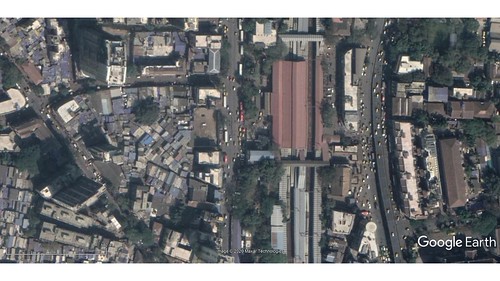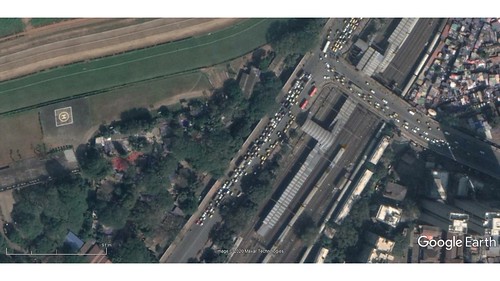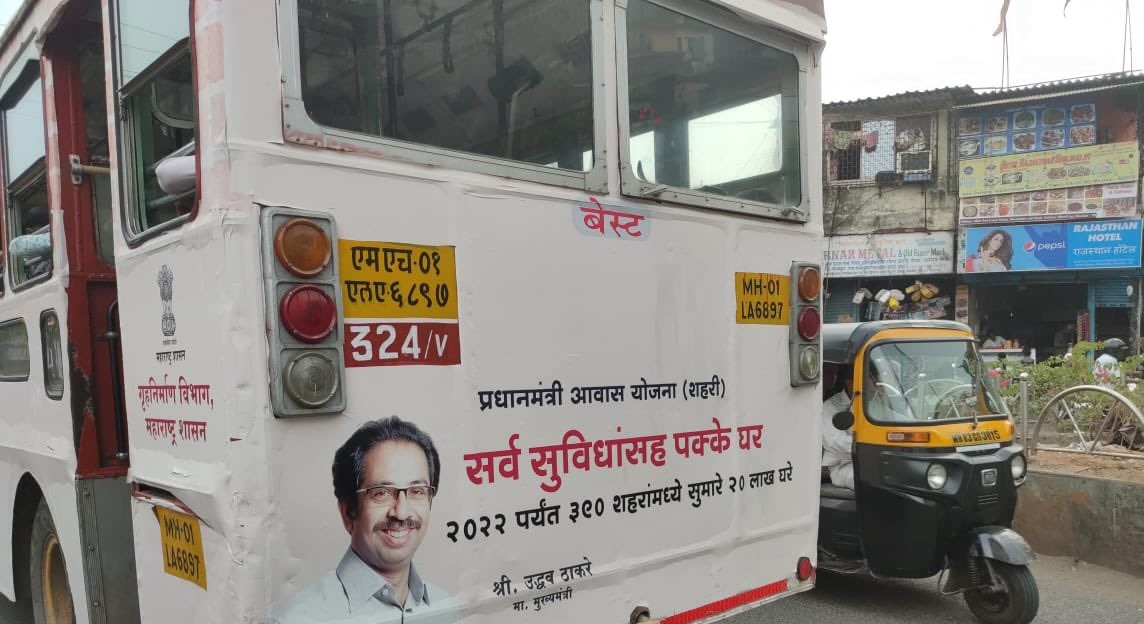A little over four years ago, I had attended Prime Minister Narendra Modi’s Make In India Week where among many things, I saw a few interesting vehicles. Among these, I saw Scania’s ethanol-blend Bio-fuel bus that was operational with Nagpur Mahanagar Parivahan Limited (NMPL) and subsequently also with the Kadamba Transport Corproation (KTC) in Panaji, Goa, Volvo’s 8400 B7RLE Diesel-CNG Hybrid bus that was trial with the Navi Mumbai Municipal Transport (NMMT) undertaking and a the world’s largest dumper from Bharat Earth Movers Limited (BEML). Note: A dumper is not the same as a dump-truck.
Read more: From #MakeInIndia to Made in India
I also saw an air-conditioned Minibus from Force Motors, albeit with fully-sealed windows which I said would be great for feeder services to metro stations. And just like I said, similar buses ended up being used by BEST three years as feeder buses. Here is a picture of the bus that I saw in 2016.

While BEST didn’t get these exact buses, it did get similar buses.
Read more: BEST’s New AC Buses Are A Delight To Travel On
Now, the most interesting thing I saw there was the Bajaj Qute. Note: It does look cute.
Powered by a 200cc engine that can produce an output of 20bhp, the Qute is classified by the government as a “quadricycle” and therefore can only be used to replace auto-rickshaws.

This is the picture of the Qute that I clicked in 2016. The Qute has received intense criticism, mostly from Bajaj’s peers in the auto industry, especially Piaggio which also manufactures auto-rickshaws. Piaggio in fact wanted the Qute to be deferred by at least two-three years (in 2013) in order to provide a level playing field for auto-rickshaw manufacturers. Others in the Society of Indian Automobile Manufacturers (SIAM) too lambasted the Qute for myriad reasons, from its weight to its emissions.
However, in late February this year, I was mildly surprised when I boarded one of BEST’s mini-buses at Andheri Station (West). In the middle of the sea of auto-rickshaws, I saw a Qute, with a board inside it saying ऑटो रिक्षा and a sticker indicating that it ran on CNG. While I couldn’t see where the fare-meter was, the vehicle was occupied.
Here is the Qute that I spotted at Andheri.

When I saw it, I was excited and quickly whipped out my phone and clicked a photo. And naturally, I tweeted it out within minutes.
Let’s hope more such Qutie-pies hit the road soon!
If you liked this post, do take a minute consider sponsoring me on Patreon. Times are hard, and we all have bills to pay.
Become a Patron!Featured Image: A blue Bajaj Qute, Bajaj Auto
![]()
